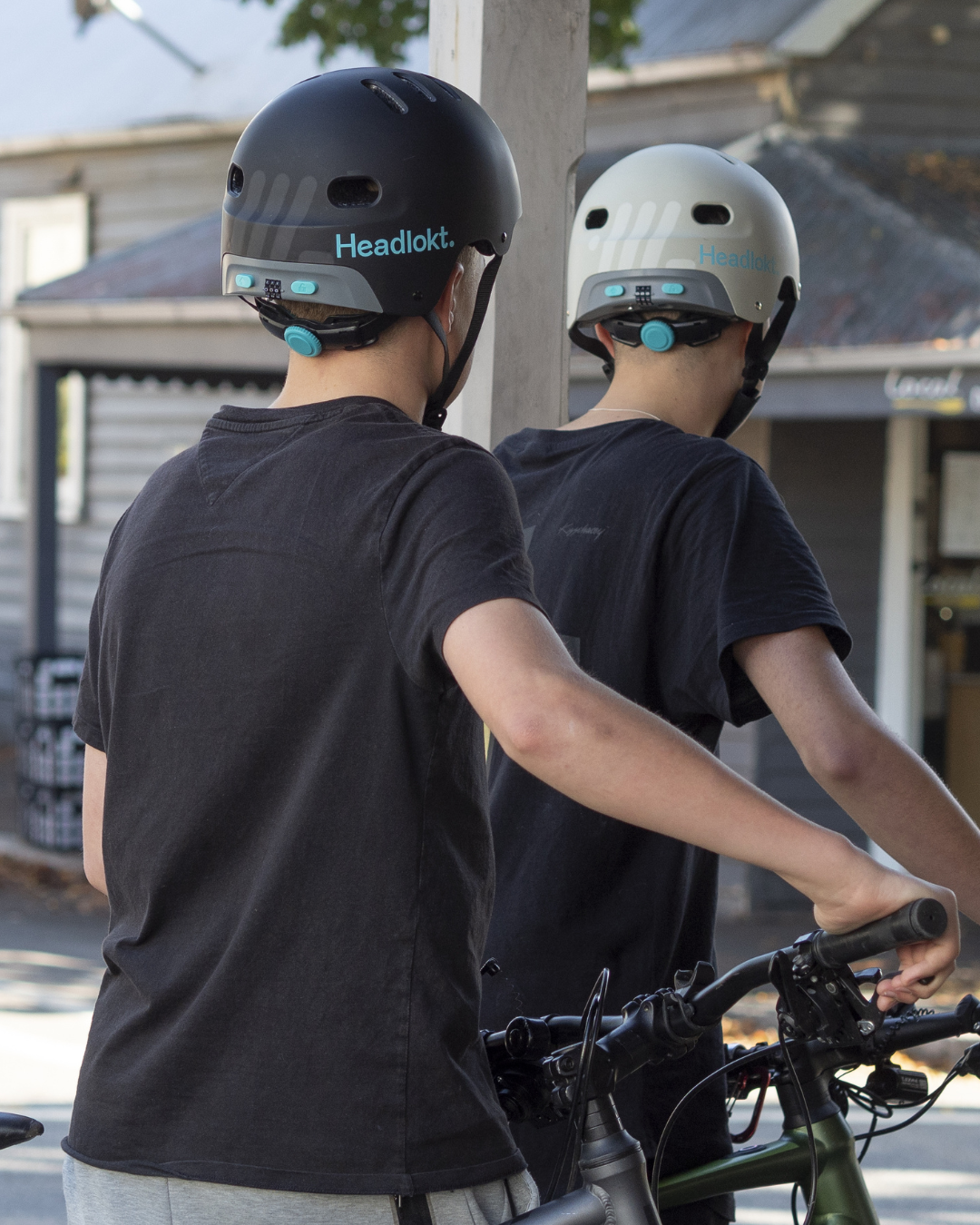On the road, pavement or skatepark, your helmet is your silent guardian, ready to protect you from any potential danger. Designed to absorb impact and protest what matters most – your head, it stands between your noggin and potential danger. However, in the unfortunate event of a crash, the integrity of your helmet might be compromised – even if it doesn’t look like it on the surface. Here’s what every rider should know about helmet safety and why it is essential to replace it after a crash.
Before we talk about the aftermath of a crash, it’s important to understand how a helmet is designed and how they function in the event of a crash. Helmets are engineered to absorb and distribute impact energy, preventing it from reaching your head. The outer shell takes the initial hit, while the inner foam layer compresses to absorb the shock. This intricate design is what makes helmets effective in safeguarding against head injuries. It’s this simple concept which has saved thousands of lives across the world. In fact, since pro-helmet legislation was introduced in Australia in the early 90s, academics estimate they have saved approx. 1,332 lives according to cycle-helmets.com.
After a tumble on your bike or scooter, obvious damage might be visible at first inspection. Cracks, dents, and other deformities are not uncommon to see. However, the true danger lies in the unseen damage that can occur. The internal foam, which plays a crucial role in absorbing impact, may suffer microscopic fractures that compromise its structural integrity. These tiny fissures are virtually impossible to detect with the naked eye but can significantly reduce the helmet's ability to protect you in the event of another impact. The key takeaway here is that looks can be deceiving. There’s no way of knowing for sure if your helmet has absorbed any impact after a fall, even if there’s no obvious signs of damage.
At Headlokt, we’re proud to have produced the world’s first bike helmet that’s also a lock that has surpassed the rigorous testing required to satisfy Australia and New Zealand (ANZ), Europe (EU) and North America’s (USA) stringent safety standards. However, it is important to note that these standards assume that the helmet hasn’t been involved in a crash. Once a helmet has experienced a crash, it has fulfilled its purpose by absorbing impact, but it may no longer meet the safety standards for future use.
The decision to continue using a compromised helmet can have severe consequences. In the event of another crash, even a minor one, a damaged helmet may fail to provide the necessary protection, leaving you vulnerable to head injuries. The potential costs of medical bills, rehabilitation, and long-term health implications far outweigh the emotional value attached to a helmet. Investing in a new helmet is an investment in your safety and well-being.
We’re passionate about keeping riders safe on their wheels, after all, our bike helmet lock was dreamt up as a way to seamlessly introduce another level of safety (and convenience) to the game. We believe education is powerful, and it’s our job to keep all riders in our community as safe as possible. For us, that doesn’t just end at inventing a bike helmet lock, rather we’re using our platform to inform riders about bike safety of all varieties.
In the world of riding, where adventure meets responsibility, the choice to replace your helmet after a crash is a non-negotiable aspect of rider safety. Headlokt stands by the belief that every cyclist deserves the best protection, and that begins with a reliable helmet. For ultimate peace of mind, we strongly encourage you to replace your helmet after every crash. After all, can you really put a price on bike safety?
If you’d like to read more about the study referenced in the article, please head to cycle-helmets.com for more information.
Not sure if your helmet is due for an upgrade? Why don’t you take a look at our range here and take advantage of free Australian wide shipping.


0 comments